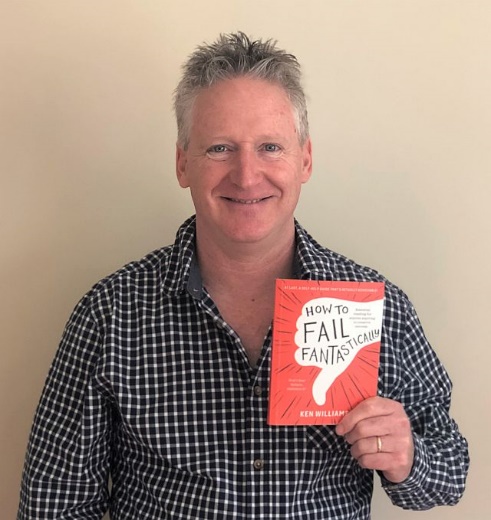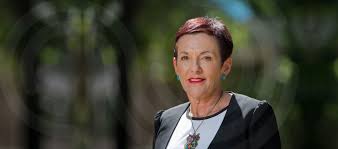REVIEW By Mike Sullivan >>
AS SUCCESS guides go, this one is a complete failure. If you follow its writer, Ken Williams’ philosophy, that means it can fail you, in fact, all the way to success.
One of the great business improvement clichés of our time is to ‘fail fast’. Tech companies and innovators apparently thrive on this philosophy – or, occasionally, they just fail completely – but Ken Williams adds large grains of salt to this saying through his rollicking treatise, How to fail fantastically.
He calls failure a “critical step to success” and calculates with lashings of dodgy mathematics how successive failures add up to greater likelihood of success. So Ken is not fatalistic, he’s just ‘failistic’.
He almost destroys his argument by backing it up with some pretty good examples of fail-ers who were hardly failures.
Like Thomas Edison: “I have not failed. I have found 9,999 ways that do not work ...”
And author JK Rowling, whose original Harry Potter novel was rejected by 12 different publishers before the next fool took it on. 
Not to mention that massive basketball failure, Michael Jordan, who laments failing to hit the game-winning shot 28 times and missing more than 9000 shots overall across his failed career of more than 300 game losses.
“What a loser!” Ken writes. “However Jordan, Rowling and Edison each viewed failures as stepping stones towards success. Idiots!”
For once, this is a book that does deliver on its media release. And I quote:
“Peppered with amusing illustrations and quotations throughout, the guide offers 11 steps to failure (well, step 6 is a bit dodgy, and 8 is a tad lazy while step 4 is a doozy!) that reveal the true value of failure.
“He says you can’t afford NOT to fail and that failure is a critical step to success. If you don’t know how to fail, you’ll never be successful.
“Failures for Williams began at an early age where he was the class clown and left school at 15. Over the past 35 years he has chased a life that he is not sure exists.
“He has had myriad jobs and careers including a pirate, a brewery worker, a chef, a motel manager, a children's entertainer, a nutritionist, a sales rep and a copywriter. He has created and run several of his own businesses in numerous industries all with varying degrees of success.
“None of them lasted the distance, a situation for which Williams takes full ownership. ‘I either made the wrong calls, lost interest, did things half-arsed and got all my business expertise from all the wrong people. But I'm still here, ready to go again. I love life and I wouldn't change a thing. There are so many great character-building lessons to learn from failure.’ ”
Williams even includes a mini-guide, at the end, on how to have your book manuscript rejected. I found that to be a waste of paper, because I’ve had all his pointers well covered for many years, all by myself.
Ken eventually fesses up: “Of course I am aware that by reading this book, some folks may perceive it as a self-help guide simply by flipping everything I say. And, hey, if that floats your boat, you have my blessing. However, I won’t be held responsible if any success eventuates.”
Great, Ken, wriggle your way out of any semblance of being aligned with success, if you insist. 
How to fail fantastically delivers an Epic Fail if, after reading it, you still take his title literally.
I guess mathematically that would mean Ken, in failing to fail, has probably succeeded.
Good on you Ken, for a mind-twisting pep talk that has its share of laugh-out-loud moments.
Business leaders taking themselves too seriously should buy this book. It’s far cheaper than a complicit psycho-therapist session– and each successive reading of it is free. Mathematics can be a beautiful thing.
About Ken Williams
Humourist and writer Ken Williams also claims to be the author of two previous works, The Sound of Crickets - My Life as a Comedian and How to Get Your Book Rejected. More accurately, he runs a rollicking podcast, Reading with a chance of Tacos, in which he chats with a prominent member of the children's book industry – from authors and illustrators, to publishers and book sellers – with tips and information on writing books for children. He also failed to fail with his illustrated book Annabel’s Chewy Gooey Birthday, which was short-listed for the Speech Pathology Australia Book of the Year Awards in 2015.
How to fail fantastically is available from leading bookstores (distributed by Woodslane) and Ken hopes you will pay $19.95. www.kenwilliamswriting.com.au
ends


 How to resolve AdBlock issue?
How to resolve AdBlock issue? 






